The rise of a fashion storm is often driven by top designers and fashion trendsetters. In ancient times, who promoted the fashion trend? Imperial concubines and noblewomen are the fashion pioneers, the costumes they wear always arouse the fanatical imitation of the people. Ancient literati and intellectuals are a category of connotation. Every change in clothing is like a revolution in thinking. Different fashion groups have created a variety of ancient Chinese costumes.
Yellow Emperor (黄帝): the first fashion designer
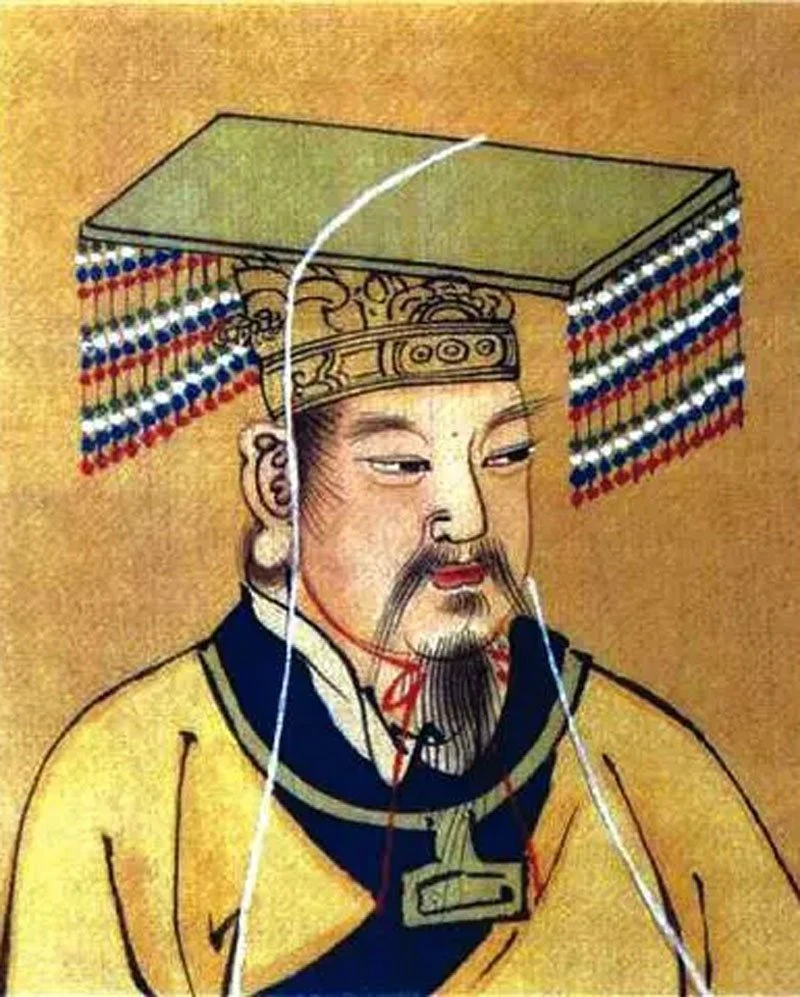
The earliest clothing in China was "Shangyi Xiachang(top clothes and underdress)" form, it is one of the earliest garment forms in China, It is the first style of the Hanfu system. Ancient documents and unearthed human-shaped pottery prove that the garment form of Shangyi Xiachang was formed in the Shang Dynasty at the latest.
Xishi (西施): goddess of long skirts and high heels
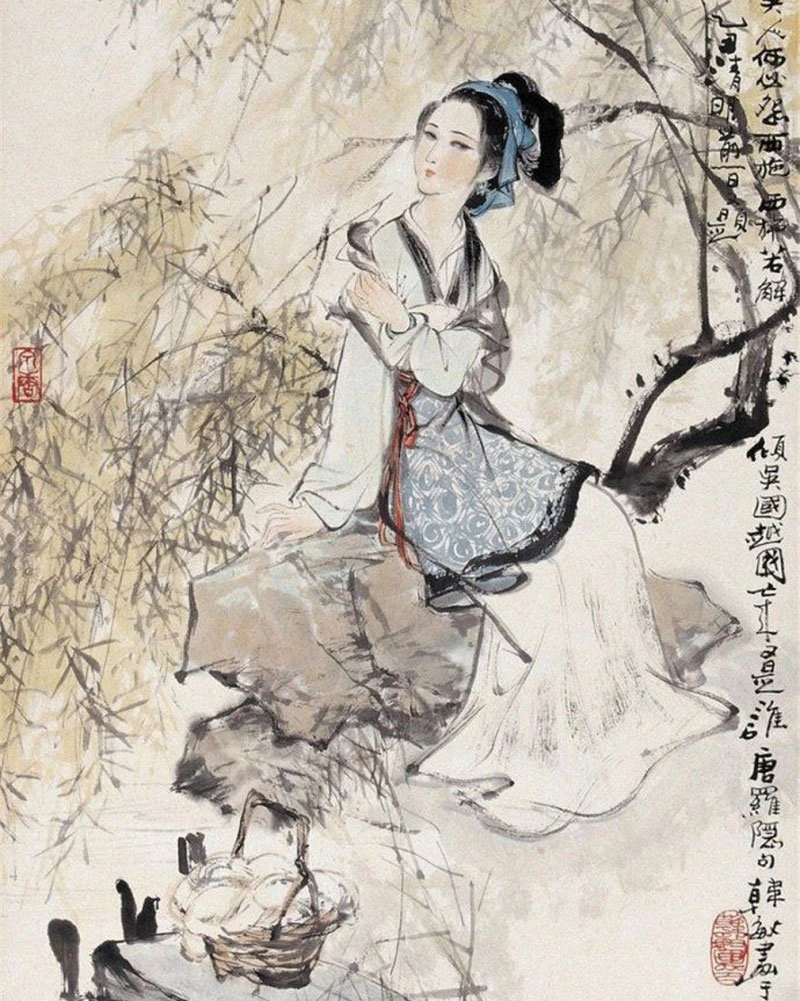
The old saying goes: "Gold can't be pure and man can't be perfect", Xishi is a famous beauty in ancient times, belongs to the level of "drop-dead gorgeous", but XiShi's feet were bigger than the average, so she tried to cover up the defect. Because she likes dancing, she often wears long skirts and makes a pair of clogs for herself. As a result, because the shoes are too high, not only can't see the feet are big, but also because the long skirts are floating when walking, on the contrary, highlight the graceful figure and elegant demeanor.
Wang Zhaojun (王昭君): maintaining the stable relationship between Han and Xiongnu(匈奴) for half a century
Wang Zhaojun is also one of the ancient beauties, but Zhaojun has a disadvantage that her shoulder is a little narrow. So she often wore a fur cloak, because of the fluffy fur, not only did she hide her shoulder, but also because of the white-collar and the bright red cape, which made her face more beautiful.
Zhao Feiyan (赵飞燕): the source of Liuxian skirt (留仙裙)
Zhao Feiyan is a legendary figure and mythical beauty in Chinese history. According to records, Zhao Feiyan's body is extremely light, whenever she dances, it's like she's going to fly in the wind.
One day, she performed for the emperor at the edge of the Taiye pool (太液池: Royal pool of Tang Dynasty), dancing in the soundtrack, all of a sudden, there was a strong wind. Zhao Feiyan was flying like a kite, people around holding her skirt hem, lest he is blown away by the wind. When the wind stopped, Zhao Feiyan's skirt was wrinkled, but the emperor was very appreciative. From then on, the palace ladies wore pleated skirts and took a nice name, "Liuxian skirt (Liuxian means: immortals stay in the world)".
Seven Worthies of Bamboo Grove (竹林七贤): the dress of the Southern Dynasty
During the Wei, Jin, Southern, and Northern Dynasties, the costumes showed breaking the tradition and bondage, absorbing the essence of all nationalities, presenting a spirit of innovation, freedom, and development. Seven Worthies of Bamboo Grove advocate the spirit of nature and willful personality. Wearing a wide-sleeved shirt and a headscarf had a great impact on the fashion of people in the Southern Dynasty.
Diao Chan (貂蝉): Earrings innovator
Diao Chan was a beautiful woman in the Three Kingdoms period. In ancient times, people paid attention to judging people by their appearance and thought that small earlobes were a symbol of no luck. Diao Chan's earlobes are small, she was afraid that she would not be valued, she tried to make up for it for a long time. She took some broken silver at home and asked the silversmith to make himself a pair of silver earrings and hang them on the earlobes. After a while, the earlobes were really bigger, and the Diao Chan added a lot of beauty. Since then, wearing earrings has also spread to the people.
Xie Lingyun (谢灵运): the founder of Xie GongJi (谢公屐)
Xie Lingyun is the opener of Landscape Poetry in the history of Chinese Literature, Xie GongJi is One of the famous footwear in the history of Chinese shoes. The biggest feature is anti-skid, the front and back nails are movable. Take off the front nails of the clogs when going up the mountain and take off the back nails of the clogs when going down the mountain, in order to maintain the center of gravity, so that even in the steep mountains and forests, also like walking flat.
Yang Yuhuan (杨玉环): the pusher of pomegranate skirt
Yang Yuhuan (one of the four beauties in ancient China). In the Tang Dynasty, pomegranate skirt was very popular among young women. Since it is called a pomegranate skirt, the color is naturally as bright as pomegranate, and there is no other color except red. The woman wearing a pomegranate skirt is more beautiful because of the red background. Yang Yuhuan always likes to wear a pomegranate skirt, so most of the ministers kneel down in pomegranate skirt, so there is an allusion of "prostrate under pomegranate skirt".
Su Dongpo (苏东坡): the spokesman of Dongpo hat
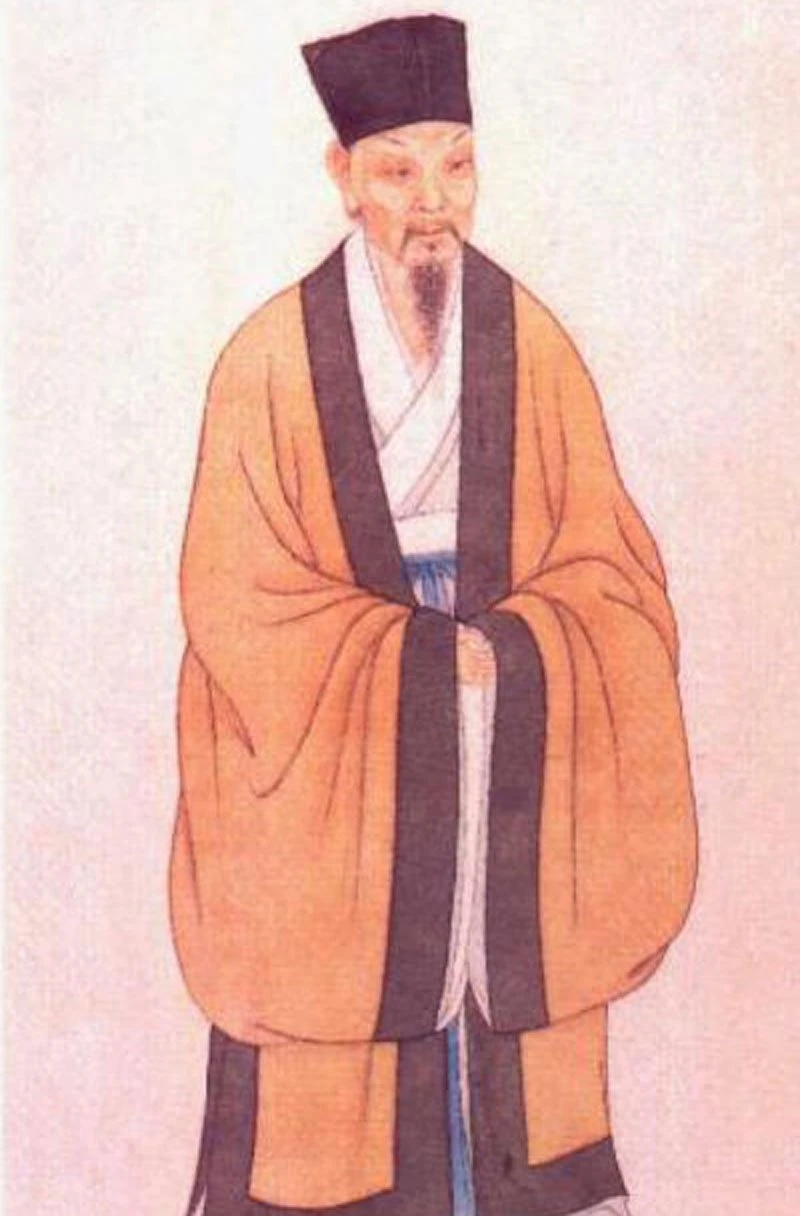
There are many interesting and legendary stories in the development history of Hanfu. We will continue to share it with you in the future.
More about traditional Hanfu:
The Most Classic Hanfu of All Time
The Most Classic 5 Categories of Traditional Chinese Dress & Clothing
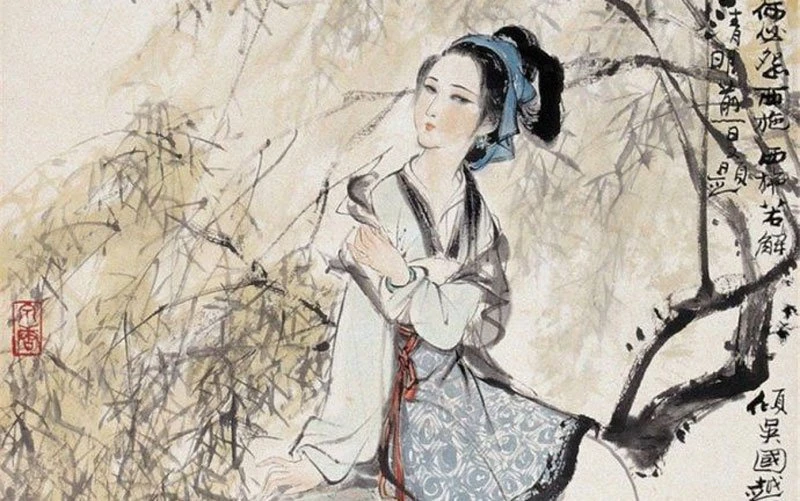
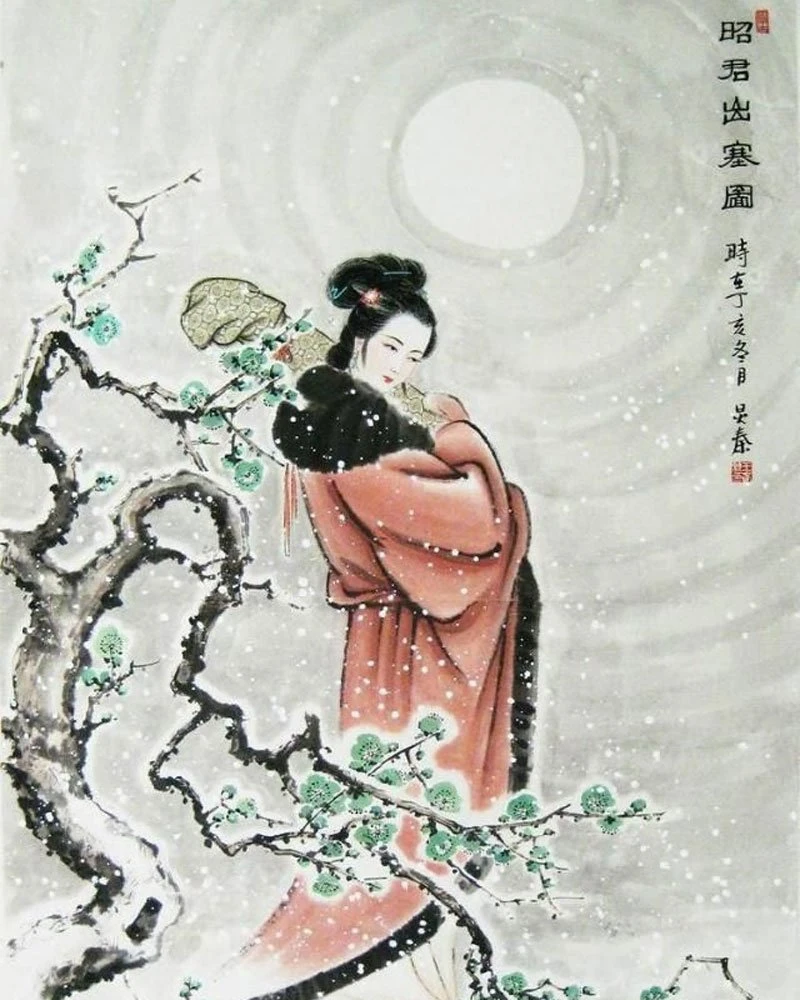
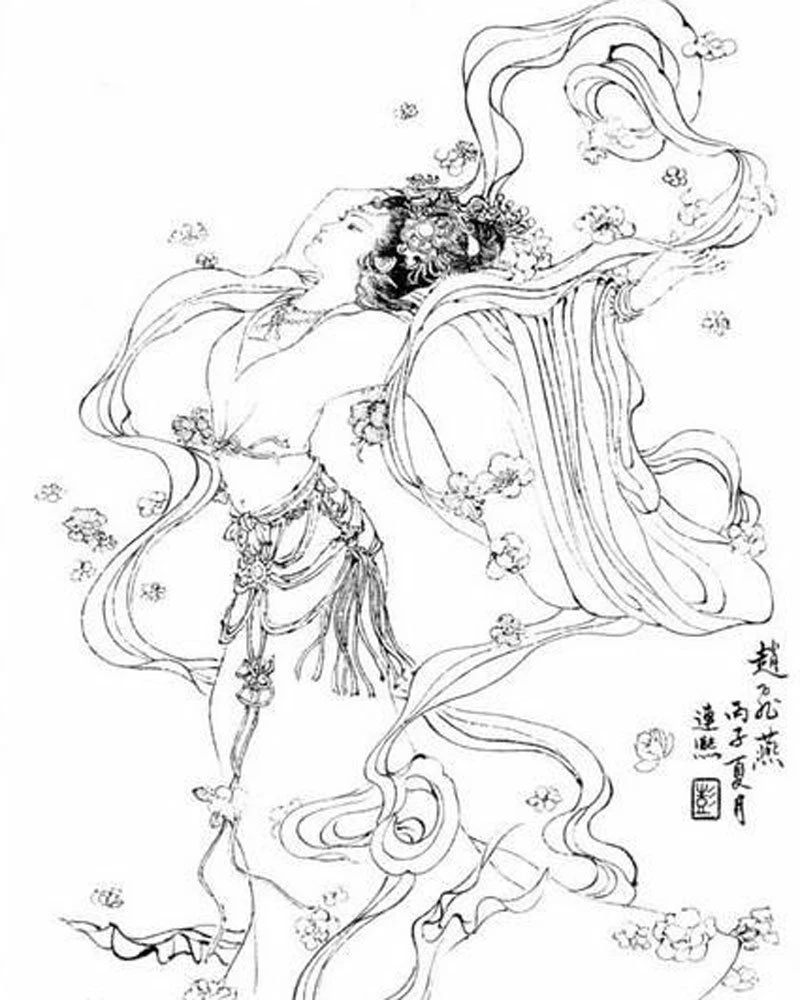
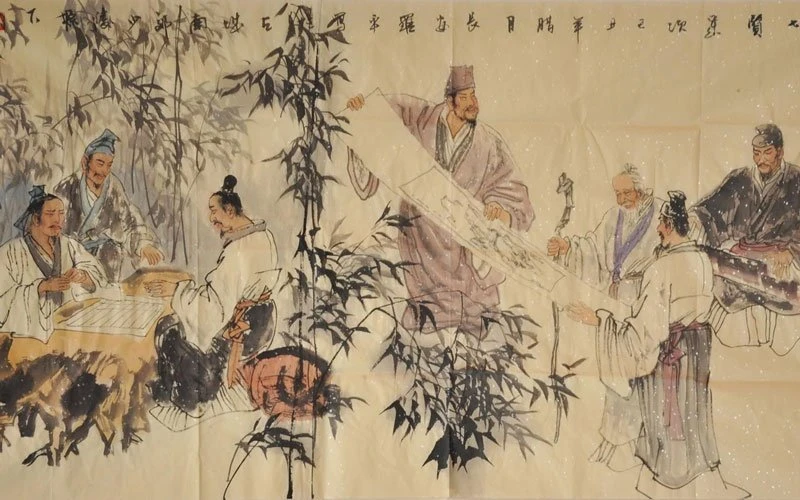
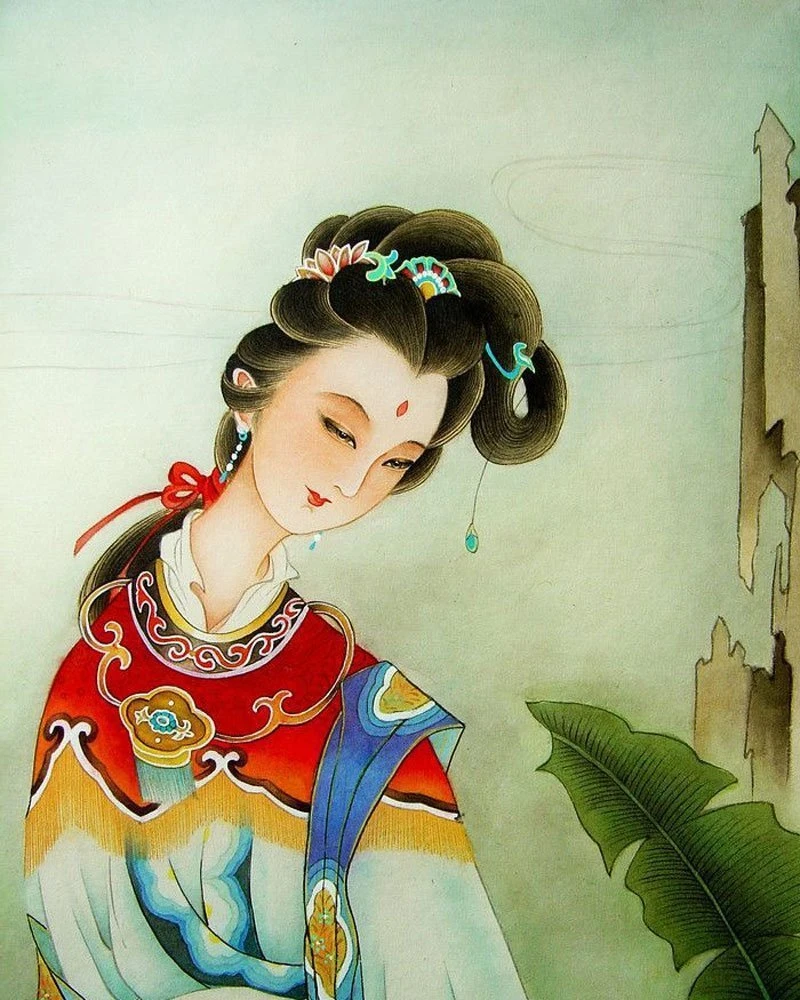
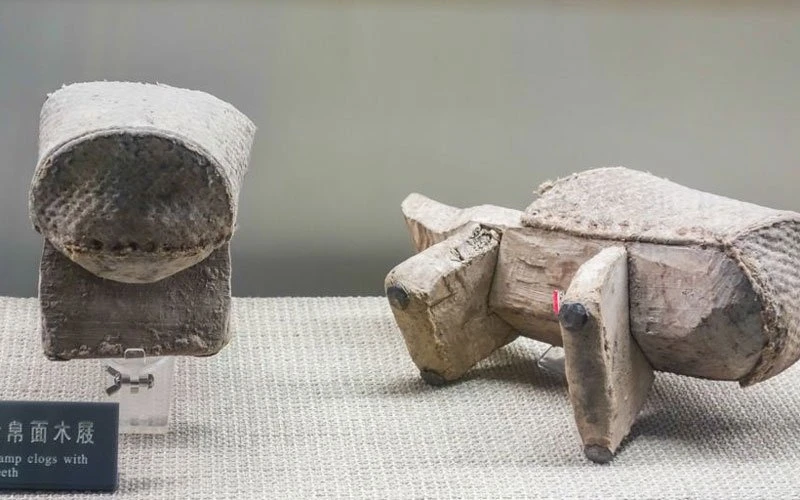
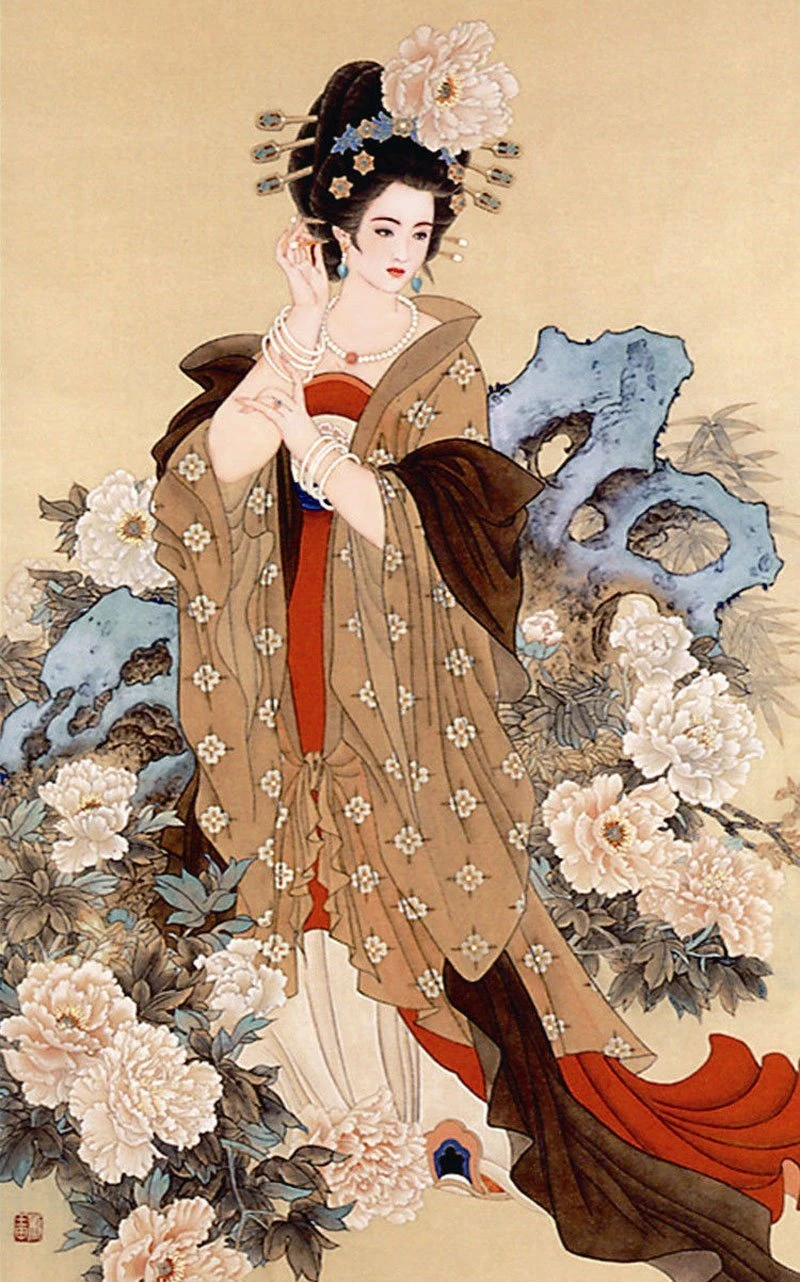

always loved the headpieces